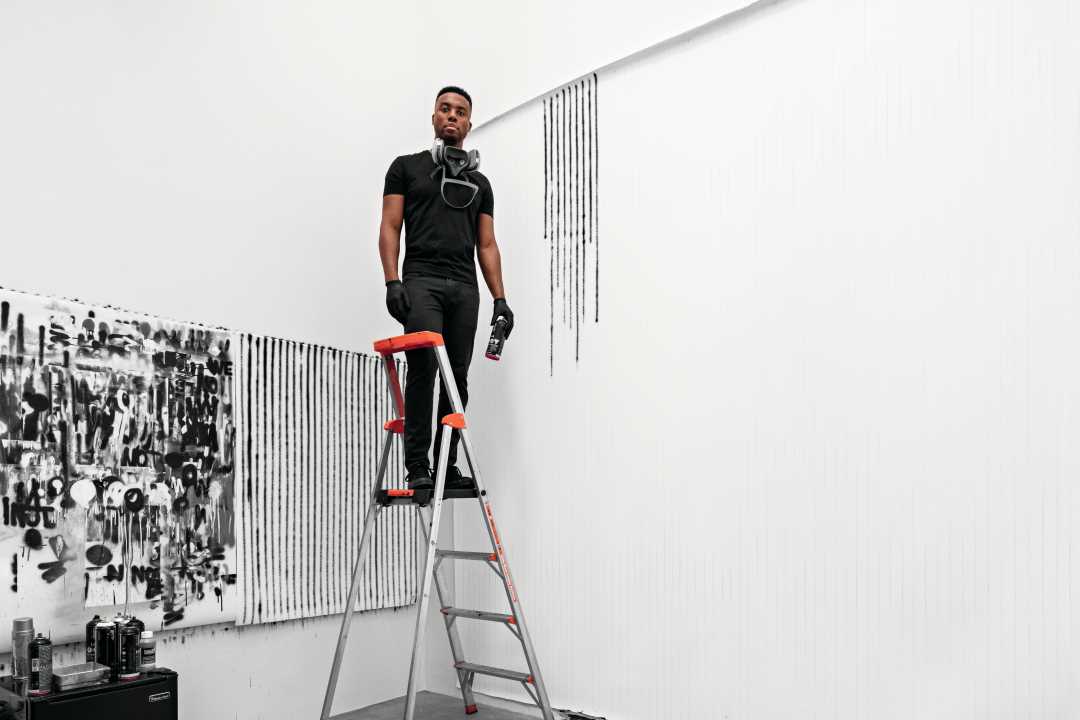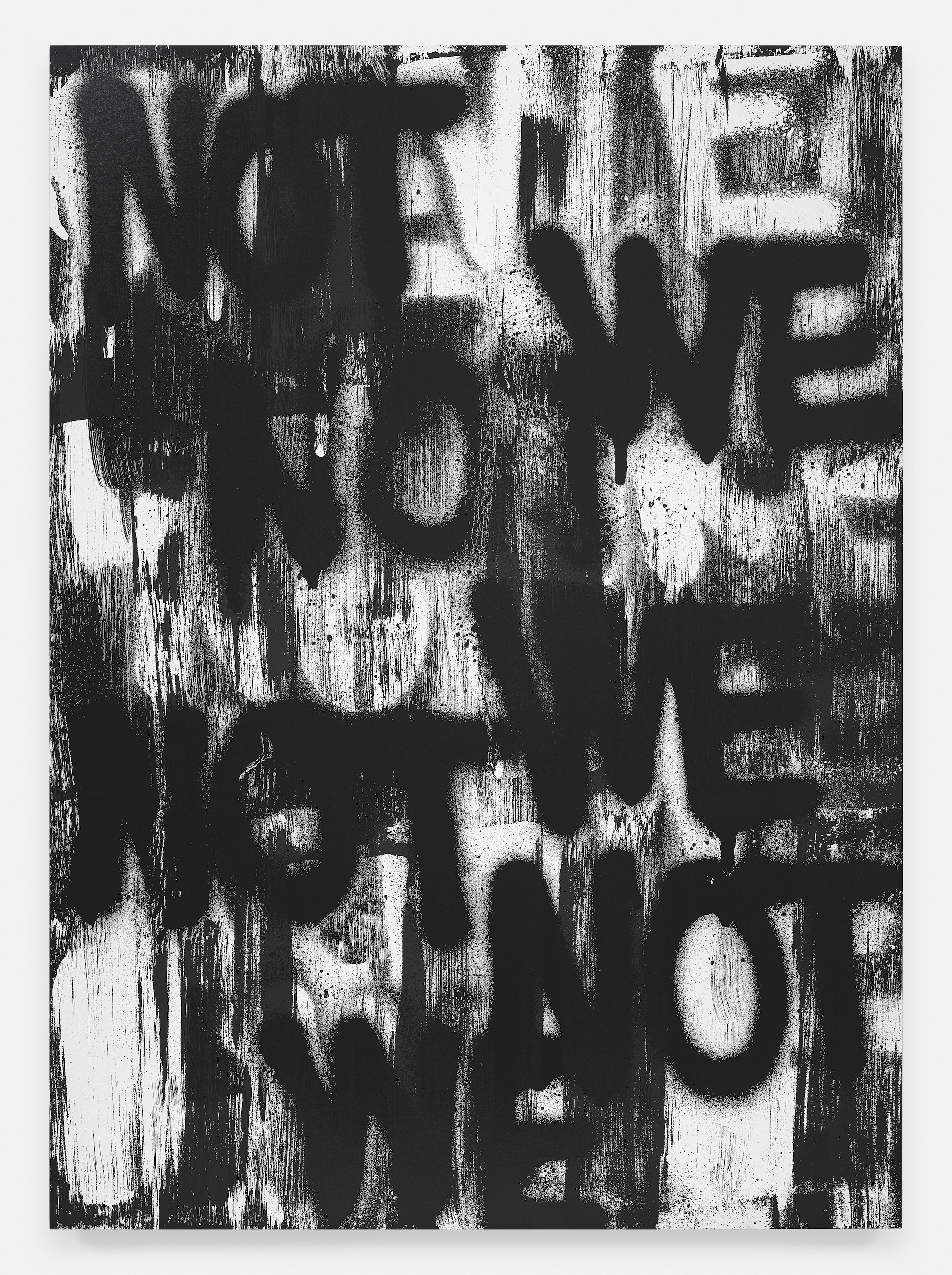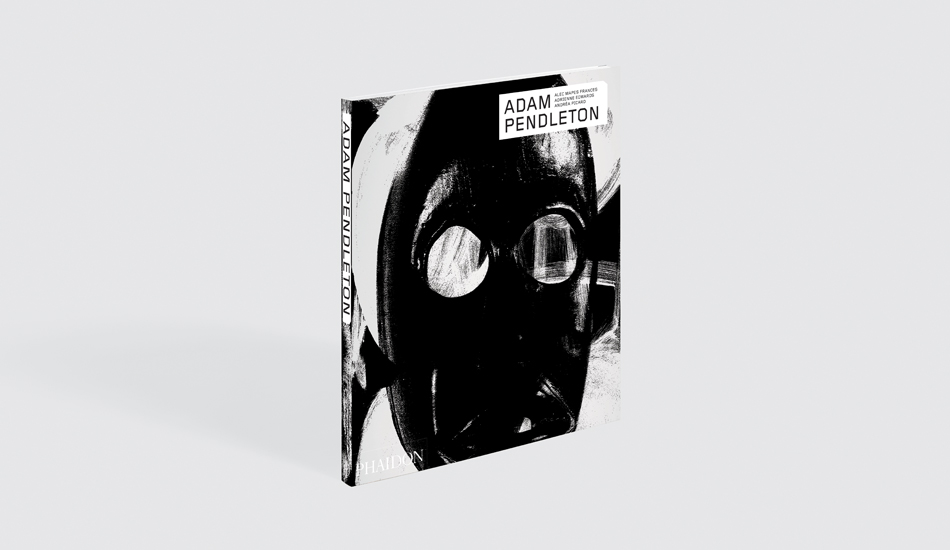
Adam Pendleton on the pandemic, painting and beautiful mistakes
The artist says he's learned how to adapt under lockdown but still keep on raising important questions
When the pandemic hit New York hard back in the spring, the artist Adam Pendleton left Brooklyn for Germantown, in the Hudson Valley, his country retreat. Pendleton designated a room in his second home as his studio and, as he tells the Robb Report, “found a different rhythm. We’re a very adaptable species.”
Indeed, social distancing gave him time to carry out a little social reflection, as he worked away on his on-going text paintings untitled (WE ARE NOT) which seem to define a certain group by the things that they aren’t, rather than the things that they are. “Defining yourself by not what people say you are—it’s really up to the viewer to fill in that space,” Pendleton says.
Though his work often engages with racial politics, Pendleton says the monochrome palette is “not connected to race.” Instead he is more drawn to the chaotic nature of the paint on canvas.
“I love that I can’t always control how much paint comes out, so I end up with these drips and splatters, these beautiful mistakes,” he says. “These errors are what make the image worth looking at.”

Gallery goers and online viewers can judge those errors for themselves this month, at Pendleton’s show, Begin Again, which is on display at the David Kordansky Gallery in Los Angeles. The show includes the WE ARE NOT works, as well as his Mylar drawings, and a video portrait of the dancer and choreographer Kyle Abraham.
In the video, Abraham says “There’s something, for better or worse, that makes people always mention race when there’s a Black body involved.” That willingness to identify that key attribute seems to be thrown into reverse in Pendleton’s work, which offers plenty of content and clues, but not clear answers.
“Cycling through sets of sentences, fragments, images, artifacts, histories, and other propositions, the constant activity of beginning develops what Gertrude Stein once called a ‘troubling timesense’” says his gallery. “We might understand this as a mode of composition that redistributes, equilibrates, troubles time: troubling history, present, and future.”
Perhaps, in Begin Again, the artist is offering us all the chance to start anew. For more on the show go here; for a better understanding of this important young artist, get a copy of our Contemporary Artist Series book on Pendleton here.
